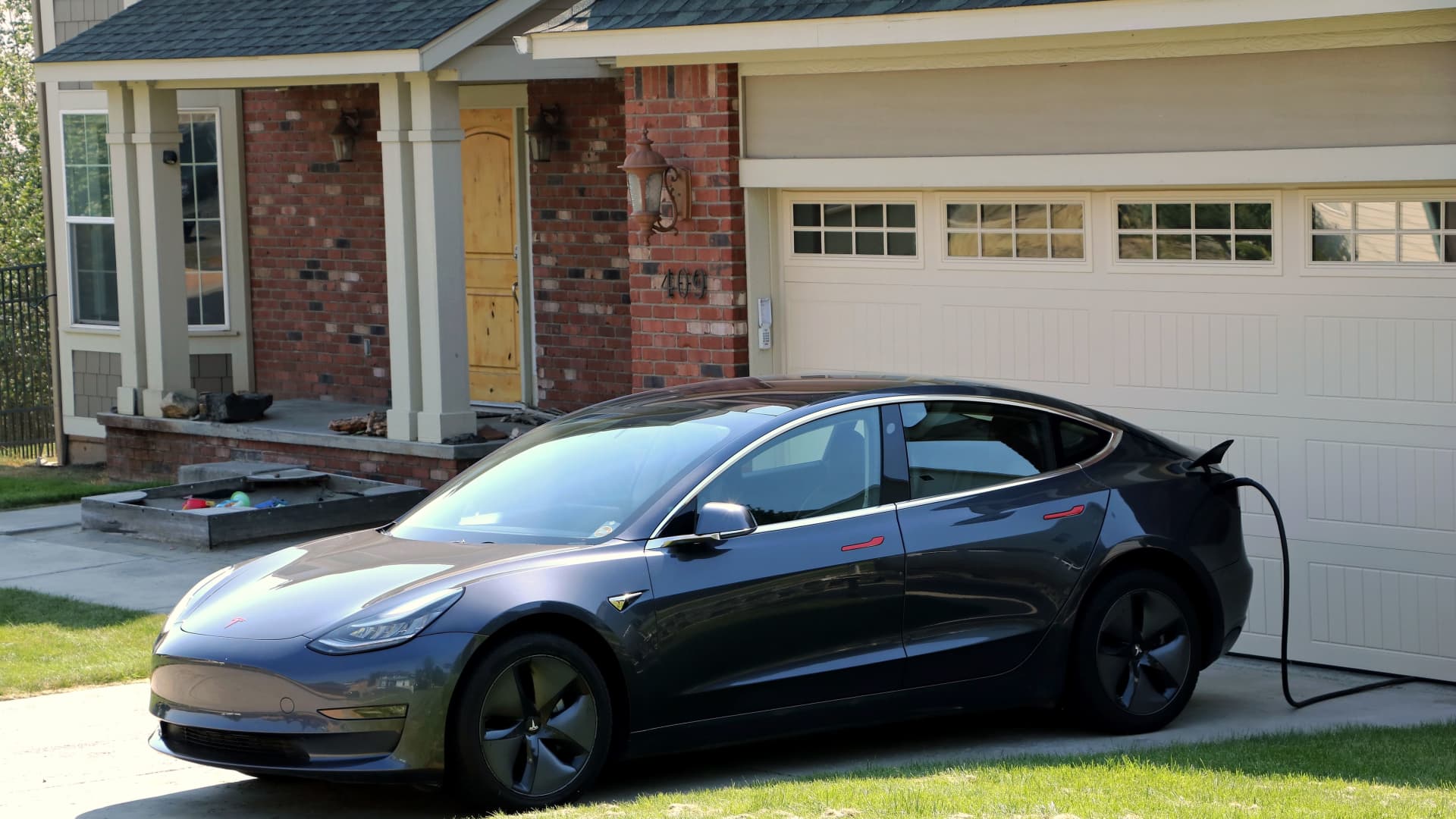
As the demand for electric vehicles (EVs) continues to rise and renewable energy incentives become more common, many early adopters of EVs are considering upgrading their home charging systems. According to a J.D. Power survey, 60% of current Level 1 charger users are likely to upgrade to either a permanently mounted Level 2 charger or a portable Level 2 unit.
Since approximately 80% of all charging takes place at home, upgrading to a Level 2 charger can be a significant decision. However, it is essential to consider various factors such as usage patterns, vehicle type, the number of EVs in the family, and cost versus potential incentives.
Brian Wilkerson, head of product at Ford Pro Charging, suggests that upgrading can be driven by customer behavior and the desire for greater flexibility in managing optimal charging times based on driving patterns and EV size.
Here’s what drivers should know when contemplating an at-home EV charging upgrade:
Consider Your Typical Driving Needs
For routine driving, many people find Level 1 charging sufficient, as they may not need to maintain a full battery. In such cases, faster charging options at public charging stations can be used for occasional needs. Government statistics indicate that the majority of Americans commute 30 miles or less daily, further supporting the adequacy of Level 1 charging for everyday use.
Differences Between Level 1 and Level 2 Charging
Level 1 chargers are plugged into standard household outlets and provide a slow charging solution. They can take 40 to 50 or more hours to charge an EV to 80% from empty. On the other hand, Level 2 chargers, which require higher power, can charge an EV to 80% in four to 10 hours by utilizing 240-volt outlets.
Home Electricity Limits and Costs
While most households can use a Level 1 charger without any electrical upgrade, Level 2 chargers may require additional power and electrical work. Depending on the location of the electrical panel and the necessary wiring, installing a Level 2 charger can be costly. It is crucial to evaluate the feasibility and cost against potential incentives provided by the Inflation Reduction Act (IRA), which offers rebates for electrical panel costs for low and moderate-income households.
Benefits of Faster Charging
Faster charging with a Level 2 charger offers convenience and the flexibility to charge less frequently. Level 2 chargers can charge an EV to 80% from empty in four to 10 hours, significantly reducing charging time compared to Level 1 chargers. Moreover, Level 2 charging stations with smart capabilities can optimize charging schedules based on usage, potentially reducing costs by taking advantage of lower electricity rates during off-peak hours.
Bigger Batteries and More Charging Needs
As batteries in EVs become larger and require higher charging speeds, Level 2 chargers become more essential. For larger vehicles like the Ford F150 Lightning, a Level 2 charger can fully charge the extended-range battery in eight hours, whereas a mobile power cord might take 23 hours.
Potential Tax Credits, Rebates, and Promotions
Costs for a Level 2 EV charger can vary, but certain incentives may help offset expenses. The Inflation Reduction Act offers tax credits and rebates for installing a home EV charger. Some state governments also offer tax credits and rebates, and manufacturers may have promotions available. Researching programs and opportunities from various sources, such as the Database of State Incentives for Renewable Energy and utility companies, can help consumers reduce the overall cost of installing a Level 2 home charger.


